Home>Ideas and Tips>Japandi Style: Japanese And Scandinavian Fusion
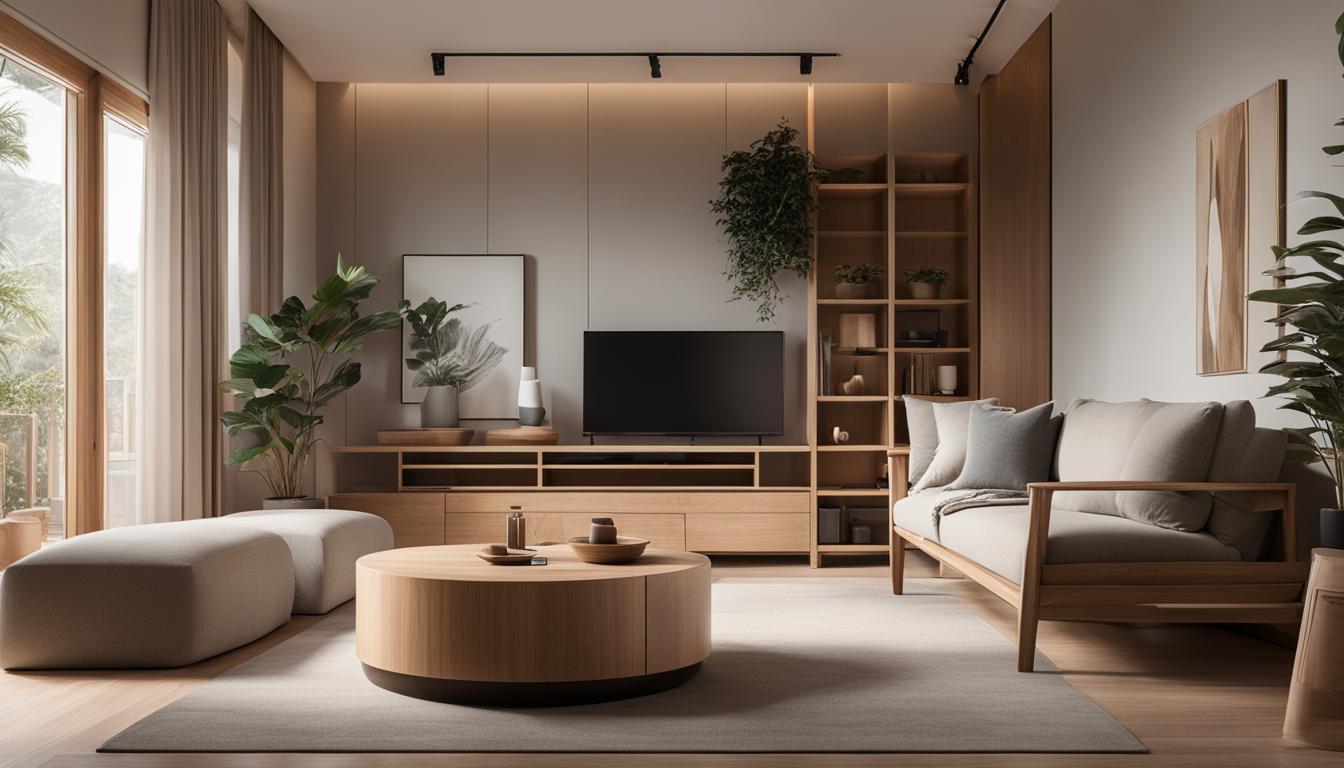

Ideas and Tips
Japandi Style: Japanese And Scandinavian Fusion
Modified: October 29, 2024
Discover Japandi Style, a fusion of Japanese and Scandinavian design, blending simplicity, natural elements, and comfort for a timeless, elegant home.
(Many of the links in this article redirect to a specific reviewed product. Your purchase of these products through affiliate links helps to generate commission for Storables.com, at no extra cost. Learn more)
In the world of interior design, trends often come and go, but some styles stand the test of time due to their timeless elegance and versatility. One such style is Japandi, a fusion of Japanese and Scandinavian design sensibilities that has captured the hearts of many with its simplicity, natural elements, and comfort. This article delves into the history, key elements, and practical guidelines for incorporating the Japandi style into your home.
History of Japandi Design
The Japandi style has its roots in the 1860s when Scandinavian designers first began to explore Japan. This cultural exchange was facilitated by the opening of Japan's borders after a 200-year closed-border policy. The fascination with Japanese culture and aesthetics was immediate, and it marked the beginning of a significant influence on Scandinavian design.
One of the earliest proponents of this cultural exchange was William Carstensen, a Danish naval lieutenant who sailed to Tokyo in the 1860s. His deep appreciation for Japanese culture led him to publish a book titled “Japan’s Capital and the Japanese,” which garnered significant interest among Copenhagen’s art and design community. This book highlighted the parallel between the Japanese concept of wabi-sabi and the Danish concept of hygge—both celebrated minimalism, natural materials, and simplicity.
The interplay between Eastern and Western design is not a recent phenomenon. For instance, the French interpretation of Japanese style emerged in the 18th century and persisted through the modernist movement in the 1960s. Similarly, Japonisme, which influenced impressionism and Art Nouveau, also reflects this historical convergence of design philosophies.
Key Elements of Japandi Design
The Japandi style is characterized by several key elements that blend seamlessly together to create a harmonious and aesthetically pleasing space.
1. Minimalism
Minimalism is at the heart of both Japanese and Scandinavian design philosophies. In Japanese design, this is reflected in the concept of wabi-sabi, which celebrates imperfection and the natural course of aging and decay. This aesthetic philosophy values simplicity, imperfection, and the appreciation of natural beauty. It emphasizes order and the absence of excess, creating visually calm and uncomplicated spaces.
Scandinavian design, on the other hand, is known for its practical, user-centered approach to space. It prioritizes comfortable furniture, durable materials, and intelligent solutions. This combination of minimalist aesthetics and cozy functionality creates beautiful and comfortable living areas, making the Japandi style a popular choice for those looking for a home that is both stylish and practical.
2. Natural Materials
The use of natural materials is another crucial element in Japandi design. Raw woods are highly valued for the beautiful patina they acquire, embodying the Wabi-Sabi aesthetic. Solid wood furniture, such as the Rusak dining table from ALMA de LUCE, adds a feeling of solidity and warmth to a space.
3. Neutral Color Palette
A calming, tranquil, and peaceful color palette is typically chosen for Japandi interiors. Neutral colors such as muted grays, soft neutral hues, and natural tones are preferred. When brighter colors are incorporated, they are done so meaningfully and subtly to avoid overwhelming the space.
4. Clean Lines and Simple Geometric Shapes
Clean lines and simple geometric shapes are distinctive features of Japanese minimalism. These elements reflect a serene aesthetic that promotes inner peace and tranquility. In contrast, Scandinavian design often incorporates rustic elements that complement the sleekness of Japanese interiors.
5. Texture and Material Combination
To achieve the best of both worlds, Japandi design combines the coziness of Scandinavian design with warm textures and soft pieces while maintaining the elegance of Japanese decor. Boucle fabric and ceramic accents are often used to add depth and interest to a space without overwhelming it.
6. Functionality and Practicality
Scandinavian design emphasizes functionality and practicality, which is seamlessly integrated into Japandi interiors. Furniture is intelligently distributed to create distinct zones for relaxation, socializing, and work. The circulation and organization of the space are carefully planned to promote fluidity and connection between different areas.
Practical Guidelines for Creating Japandi Spaces
Creating a Japandi space is not just about combining elements from two different design traditions; it requires a thoughtful approach to ensure harmony and balance. Here are seven practical guidelines to help you create authentic and welcoming Japandi spaces:
1. Simplify Decor
Simplifying decor is essential in creating a Japandi space. Avoid clutter and focus on only adding products that spark joy and serve a purpose. A clear space supports a clear mind, and this simplicity is at the heart of both Japanese and Scandinavian design philosophies.
2. Choose Quality Over Quantity
Japandi design emphasizes quality over quantity. Invest in well-made pieces that will last a lifetime. This approach not only ensures durability but also adds to the overall aesthetic of your space by promoting a sense of longevity and craftsmanship.
3. Use Natural Light
Natural light is a crucial element in creating a Japandi space. It enhances the natural colors and textures of your materials, making your space feel more organic and connected to its elemental roots. Ensure that your space receives ample natural light by keeping windows unobstructed and using sheer curtains if necessary.
4. Incorporate Textures
Incorporating different textures is key to adding depth to your Japandi space. Combine soft fabrics like boucle with natural materials like wood or ceramics to create a visually appealing and tactile experience.
5. Maintain a Monochromatic Color Palette
While it's tempting to add multiple colors to your space, maintaining a monochromatic color palette is essential for achieving the simplicity and elegance of Japandi design. Select one lead color and one accent color and stick to them to avoid overwhelming your space.
6. Emphasize Sustainability
Japandi design is inherently sustainable due to its focus on natural materials and simple designs. Incorporate eco-friendly elements into your space by choosing products made from sustainable materials or those that promote environmental consciousness.
7. Create Distinct Zones
Finally, create distinct zones within your space to promote functionality and comfort. Arrange furniture to create separate areas for relaxation, socializing, and work. This intelligent distribution of furniture ensures that your space remains fluid and connected, making it easier to move around and enjoy different activities.
Conclusion
The Japandi style is more than just a fusion of Japanese and Scandinavian design; it represents a harmonious convergence of two distinct cultures. By embracing simplicity, natural materials, and functionality, you can create a space that is both aesthetically pleasing and functionally practical. Whether you're looking to transform your living room or design an entire home from scratch, the Japandi style offers a timeless and versatile approach to interior design that is sure to captivate and inspire.
In conclusion, Japandi design is not just about combining elements from two different design traditions; it's about creating a space that reflects a deep appreciation for simplicity, natural beauty, and comfort. By following these practical guidelines and understanding the historical context and key elements of Japandi design, you can create a home that is truly a haven of well-being and style.
Was this page helpful?
At Storables.com, we guarantee accurate and reliable information. Our content, validated by Expert Board Contributors, is crafted following stringent Editorial Policies. We're committed to providing you with well-researched, expert-backed insights for all your informational needs.
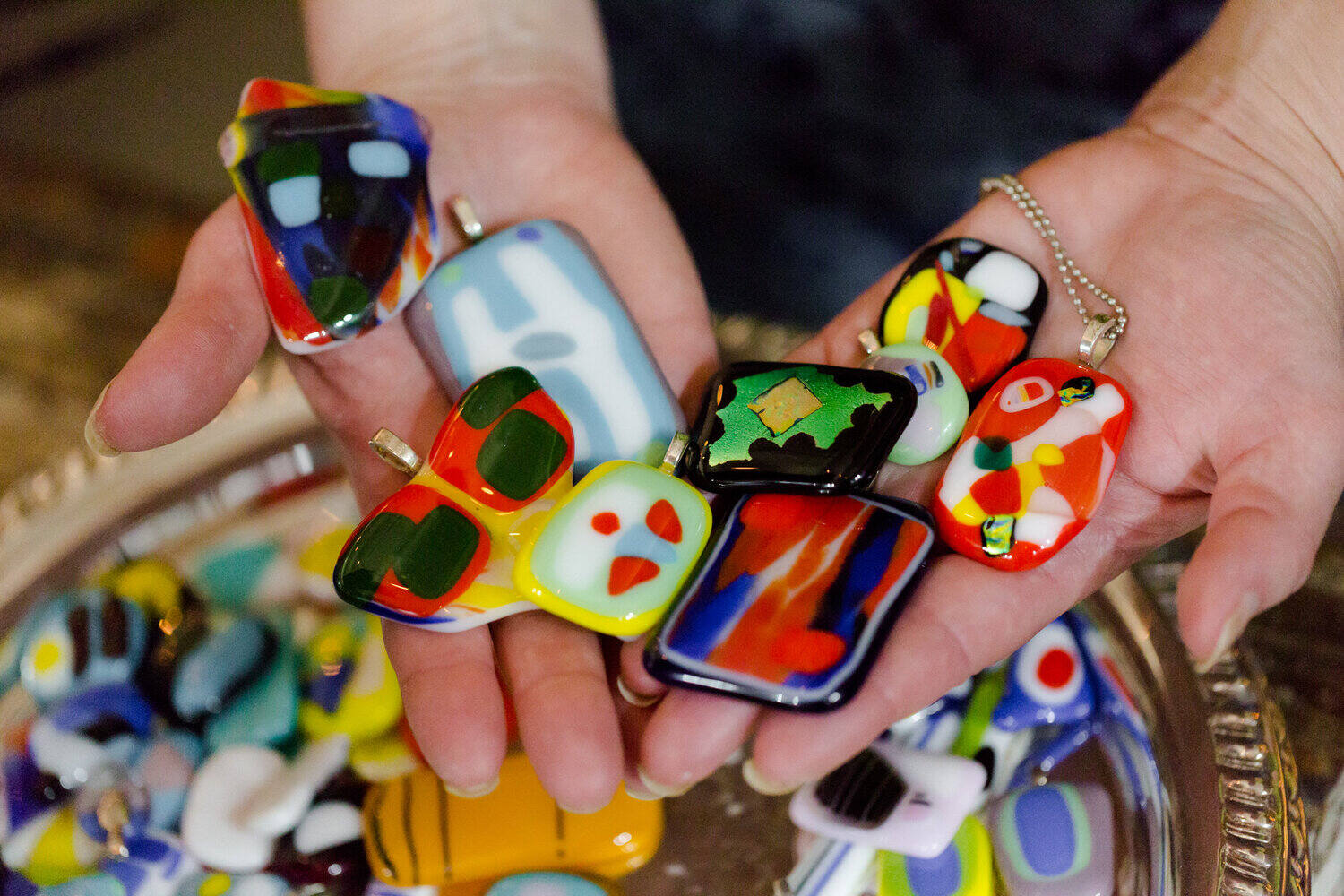
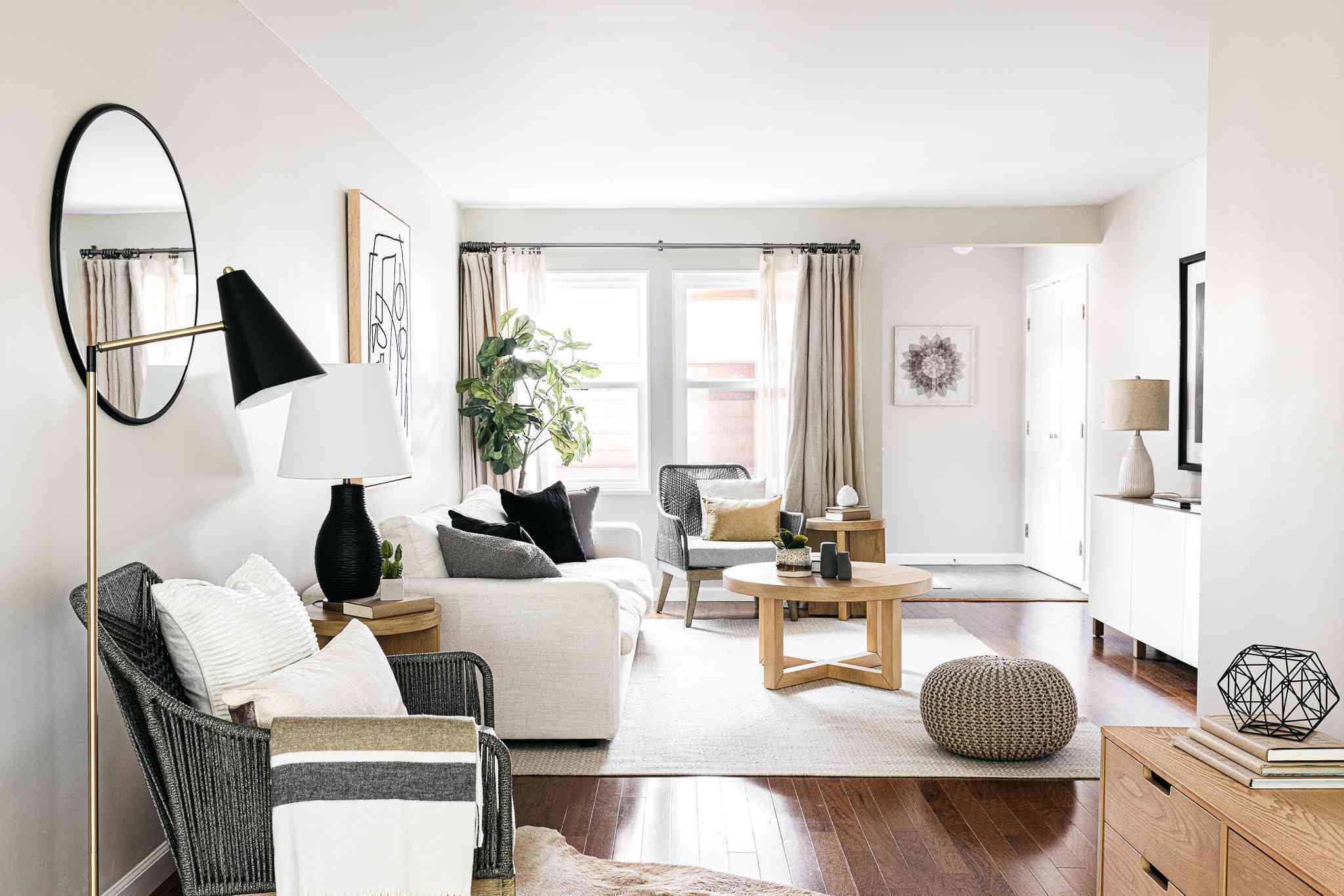

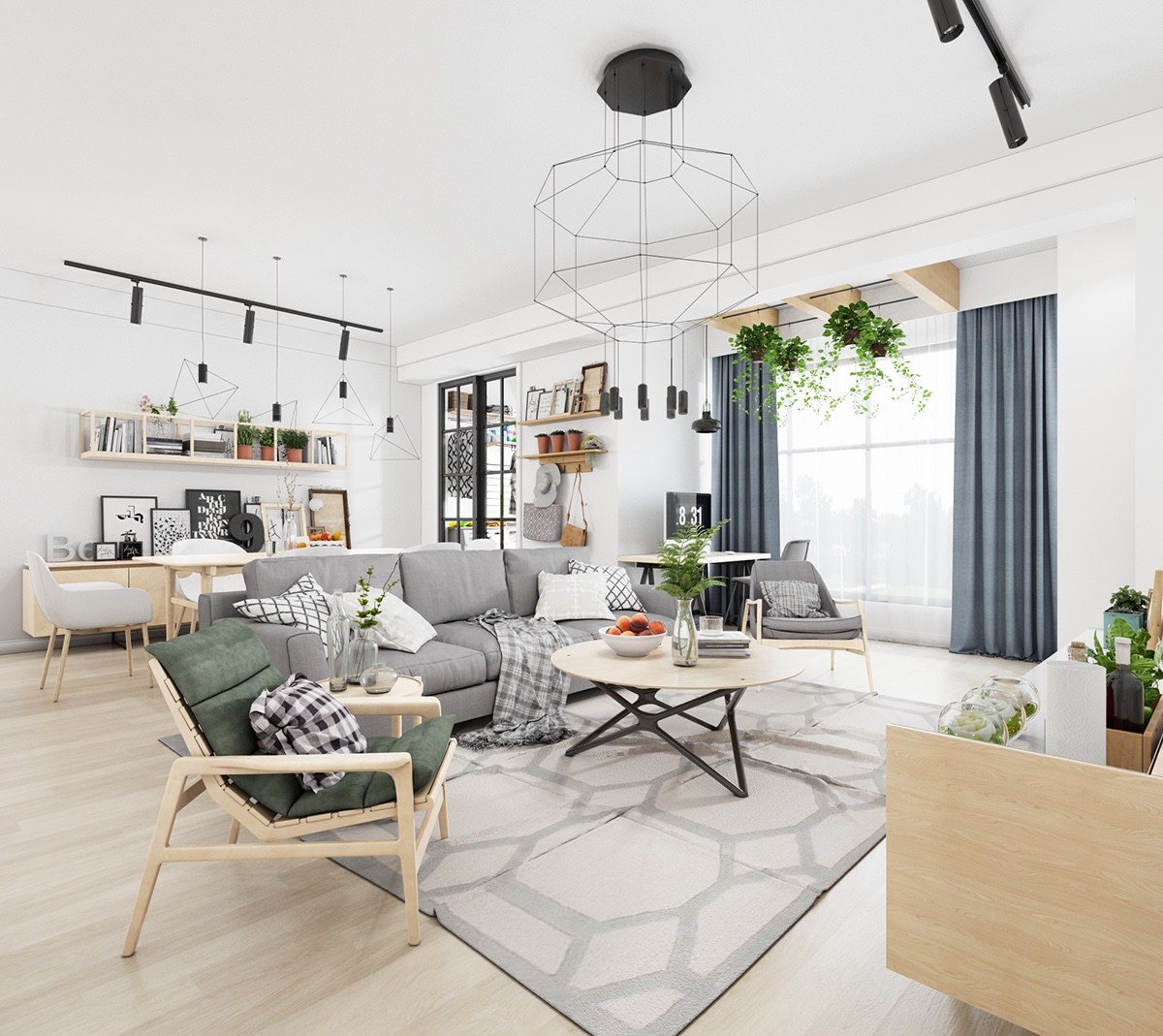
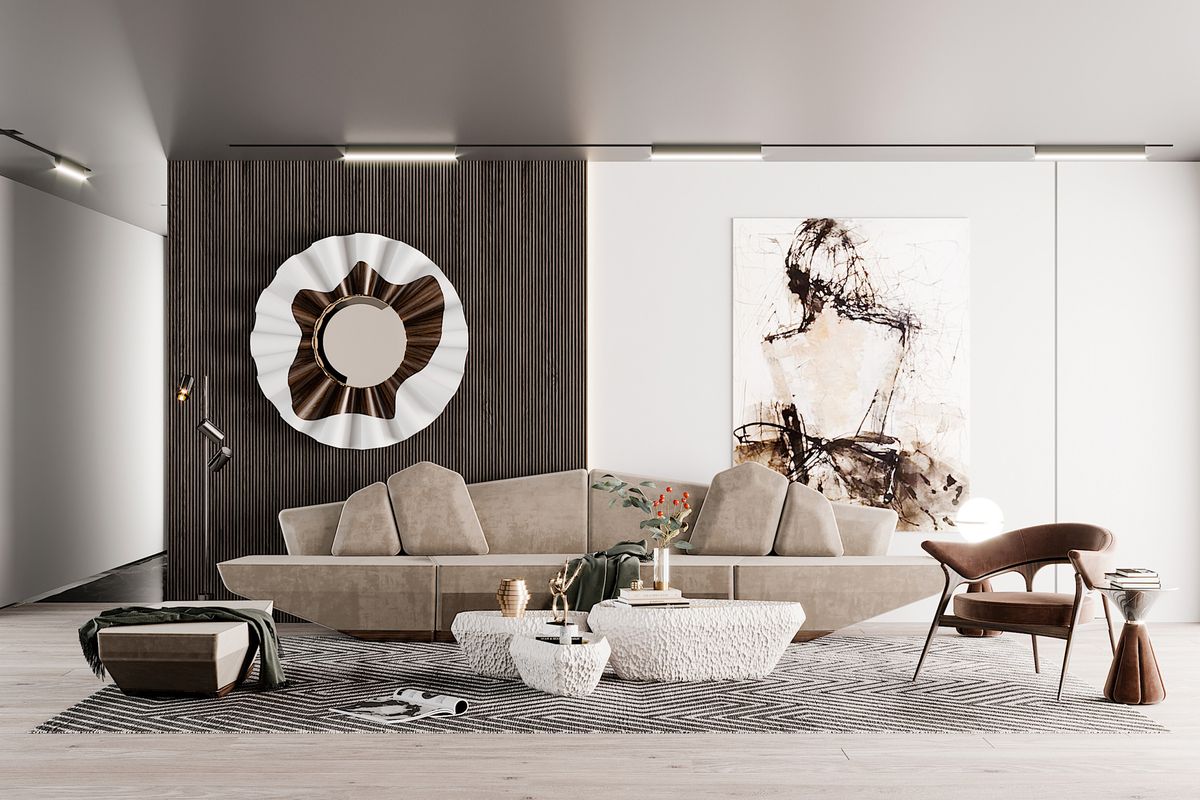

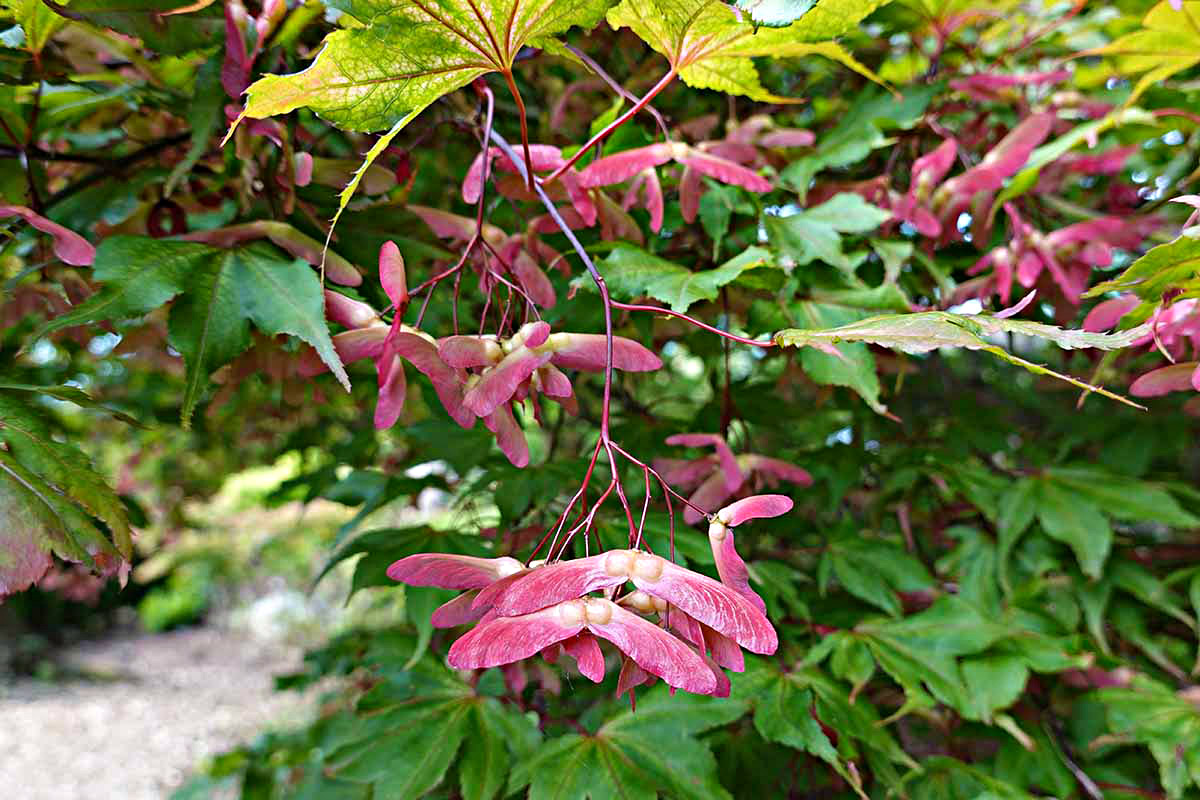
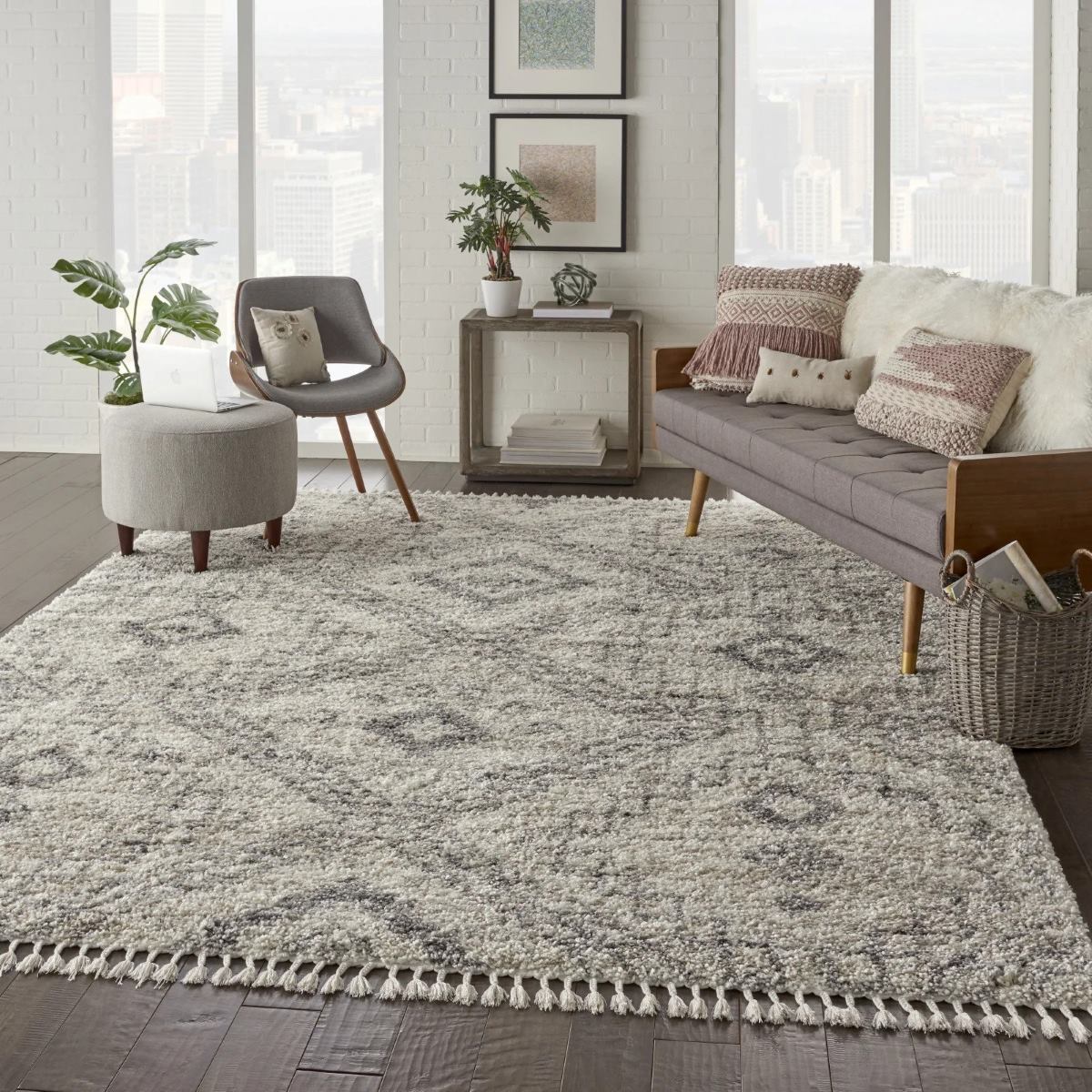
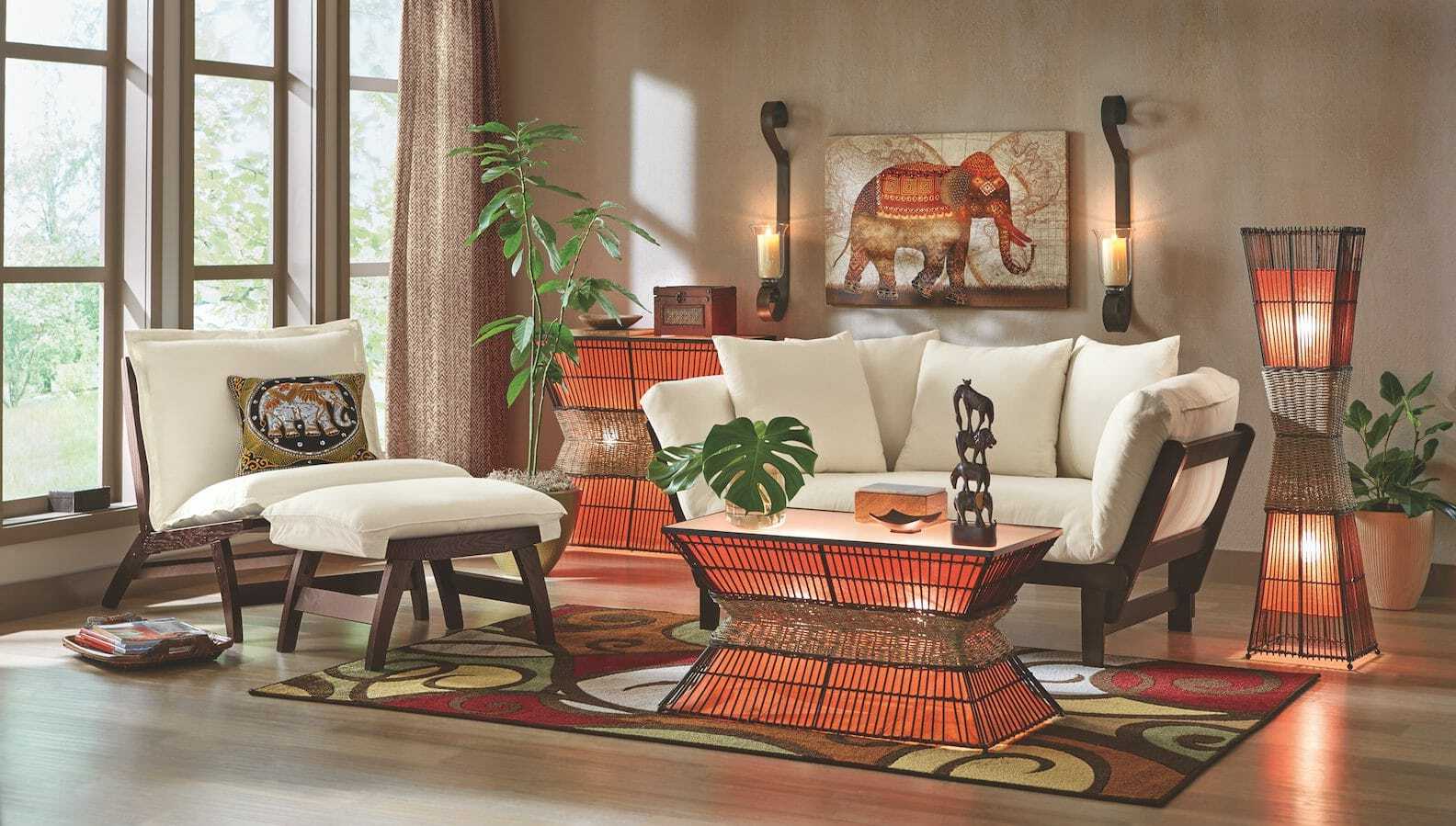
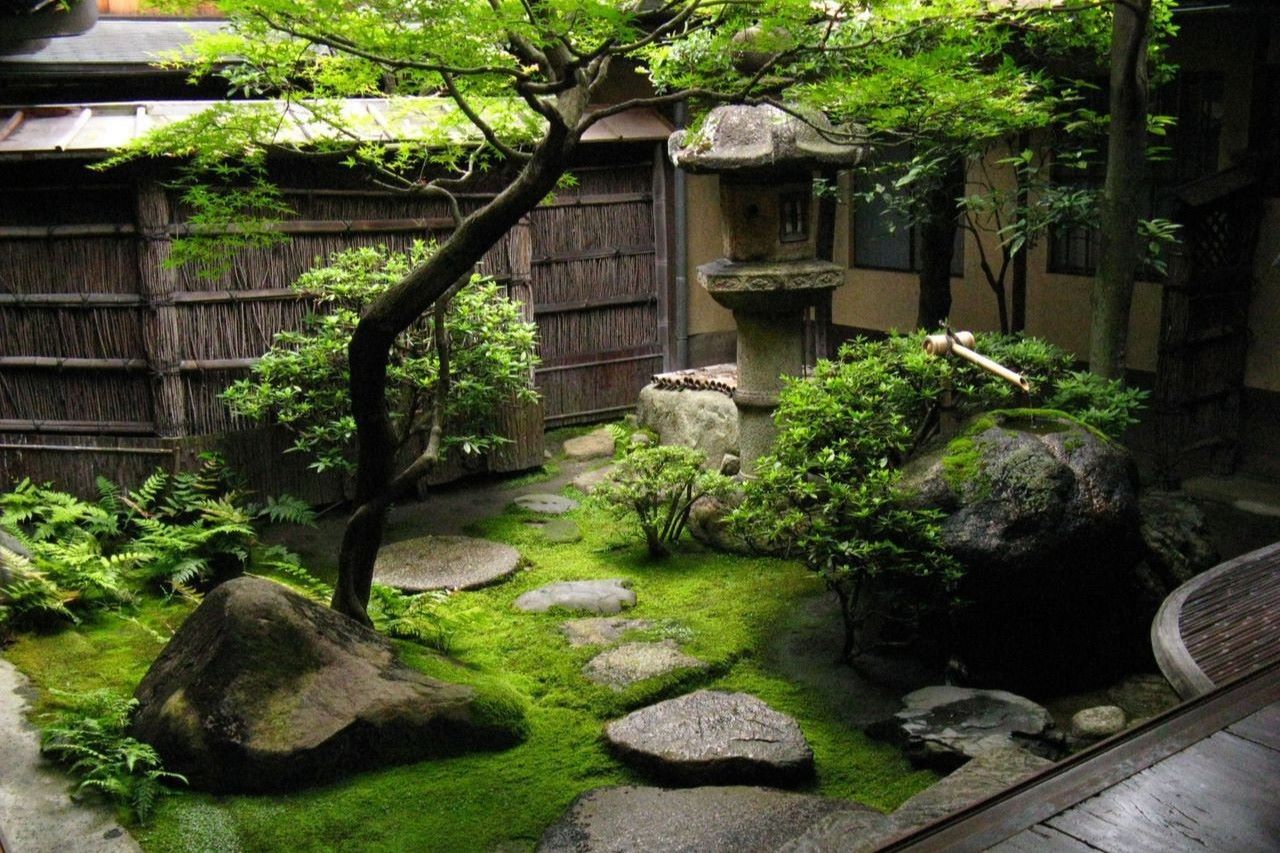

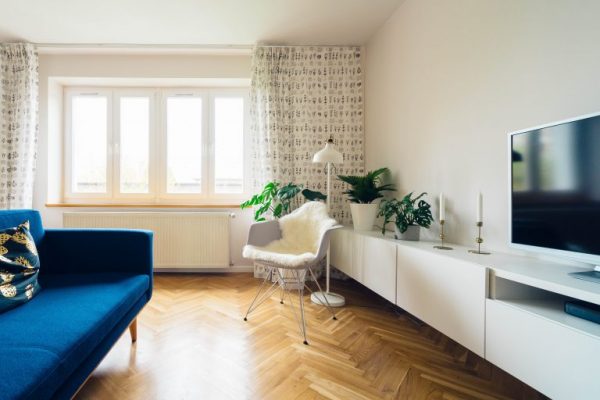

0 thoughts on “Japandi Style: Japanese And Scandinavian Fusion”